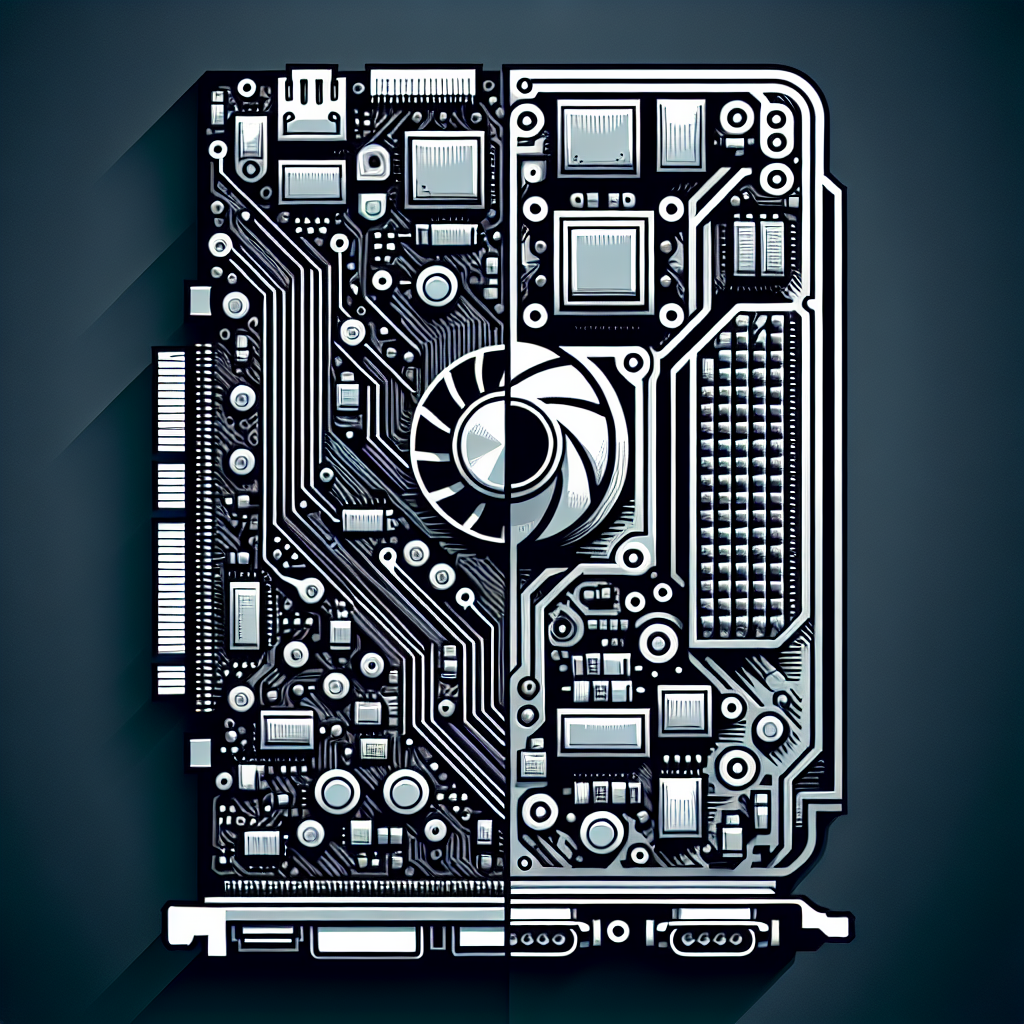Your cart is currently empty!
Understanding the Different Types of Graphics Cards: Integrated vs. Dedicated

When it comes to choosing a graphics card for your computer, there are two main types to consider: integrated and dedicated. Each type has its own set of pros and cons, and understanding the differences between them can help you make an informed decision when it comes time to upgrade your system.
Integrated graphics cards are built into the motherboard of your computer and share the system’s memory. They are typically less powerful than dedicated graphics cards, but they are also more cost-effective and can be sufficient for basic tasks such as web browsing, word processing, and watching videos. Integrated graphics cards are a good option for casual users who don’t require high-performance graphics capabilities.
On the other hand, dedicated graphics cards are separate components that are installed on the motherboard and have their own dedicated memory. These cards are more powerful than integrated graphics cards and are ideal for tasks that require high-quality graphics, such as gaming, video editing, and graphic design. Dedicated graphics cards can handle more complex and demanding tasks, making them a popular choice for gamers and professionals.
One of the main advantages of dedicated graphics cards is their ability to handle intensive graphics processing tasks without slowing down the rest of the system. This can result in smoother gameplay, faster rendering times, and better overall performance. Dedicated graphics cards also typically offer more advanced features, such as support for multiple monitors, higher resolutions, and virtual reality technology.
However, dedicated graphics cards can be more expensive than integrated graphics cards, and they also consume more power and generate more heat. This means that you may need to upgrade your power supply and cooling system in order to accommodate a dedicated graphics card. Additionally, dedicated graphics cards can be larger and heavier than integrated graphics cards, so you’ll need to make sure that your computer case has enough space to accommodate them.
In conclusion, choosing between an integrated and dedicated graphics card ultimately depends on your specific needs and budget. If you’re a casual user who doesn’t require high-performance graphics capabilities, an integrated graphics card may be sufficient for your needs. However, if you’re a gamer or professional who needs powerful graphics processing capabilities, a dedicated graphics card is likely the better option. Whichever type of graphics card you choose, make sure to do your research and consider factors such as performance, cost, and compatibility with your system before making a decision.

Leave a Reply